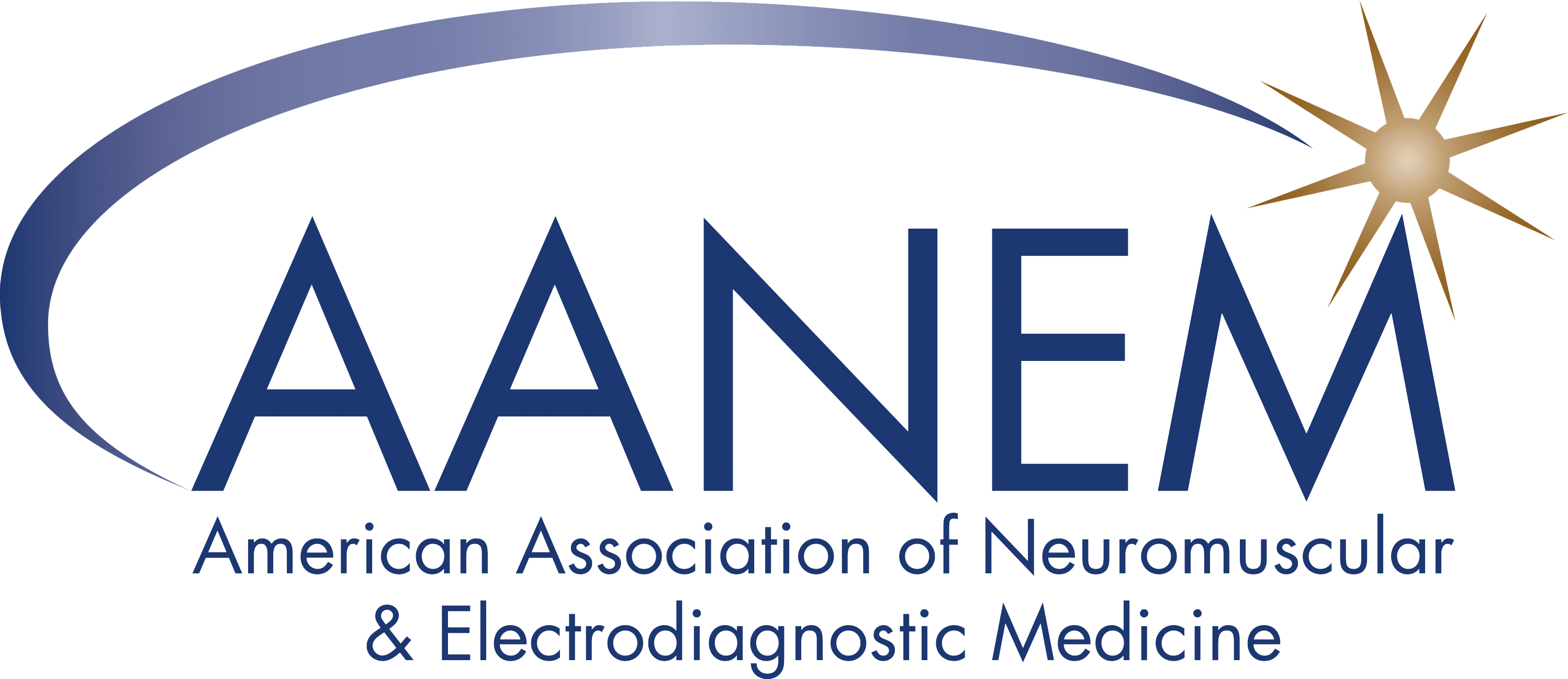Facioscapulohumeral Muscular Dystrophy
What is Facioscapulohumeral Muscular Dystrophy?
Facioscapulohumeral muscular dystrophy (FSHD) is an inherited disorder of muscles. Symptoms include gradually increasing face, shoulder, abdomen, hip, upper arm, and lower leg muscle weakness. The weakness may become more generalized as the disease progresses. This weakness is not equal on both sides of the body. The onset may be anytime from childhood to adulthood, but usually appears in the teen years. Other symptoms also include pain, inflammation, joint/spinal abnormalities and problems with cardiac and respiratory functions. High frequency hearing loss and abnormalities to the blood vessels behind the eye are present in over half of those with FSH. These symptoms alone are not enough to ascertain the presence of FSHD, however, if the symptoms above are present, FSHD is more likely.What causes Facioscapulohumeral Muscular Dystrophy?
The lacking of a gene in the DNA strand or a mutation of that gene is what most likely causes FSHD. The most common form of the disorder is inherited in an autosomal (a chromosome not related to sex) dominant trait. If one of your parents has FSHD, you have a 50% chance of also having it. FSHD is present in all ethnicities and both sexes. Approximately one out of 20,000 people inherit this disease. The good news is that it does not shorten one's life span.How is Facioscapulohumeral Muscular Dystrophy diagnosed?
FSH can be diagnosed in multiple ways. EMGs, muscle biopsies, DNA tests, and NCVs can all be performed.How is Facioscapulohumeral Muscular Dystrophy treated?
Treatment is directed towards improving symptoms. Options for treatment include physical and occupational therapy, speech and hearing therapy, surgery, and anti-inflammatory drugs. A healthy diet is also helpful.
More Information
Muscular Dystrophy Association
Fascioscapulohumeral Muscular Dystrophy Society
Evidence-Based Guideline: Evaluation, Diagnosis, and Management of Facioscapulohumeral Muscular Dystrophy
Help Fund Research
The foundation funds important research and helps support education through awards and fellowship funding. Donate today and 100% of your donation will be used to support these initiatives.
Find Support
AANEM's membership and accredited laboratory directories can help patients find qualified professionals for diagnosis and treatment.
Find a Doctor Find an Accredited Lab